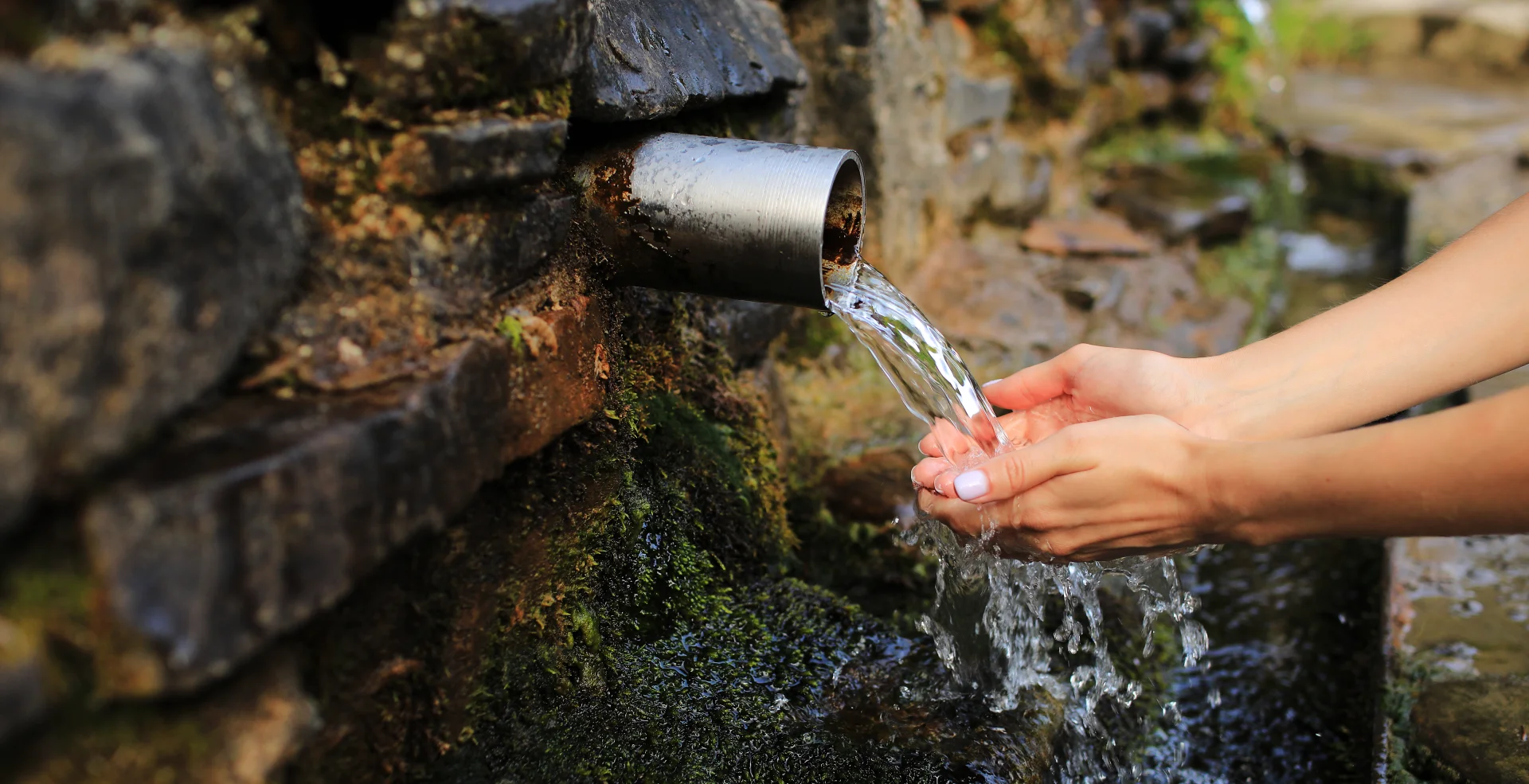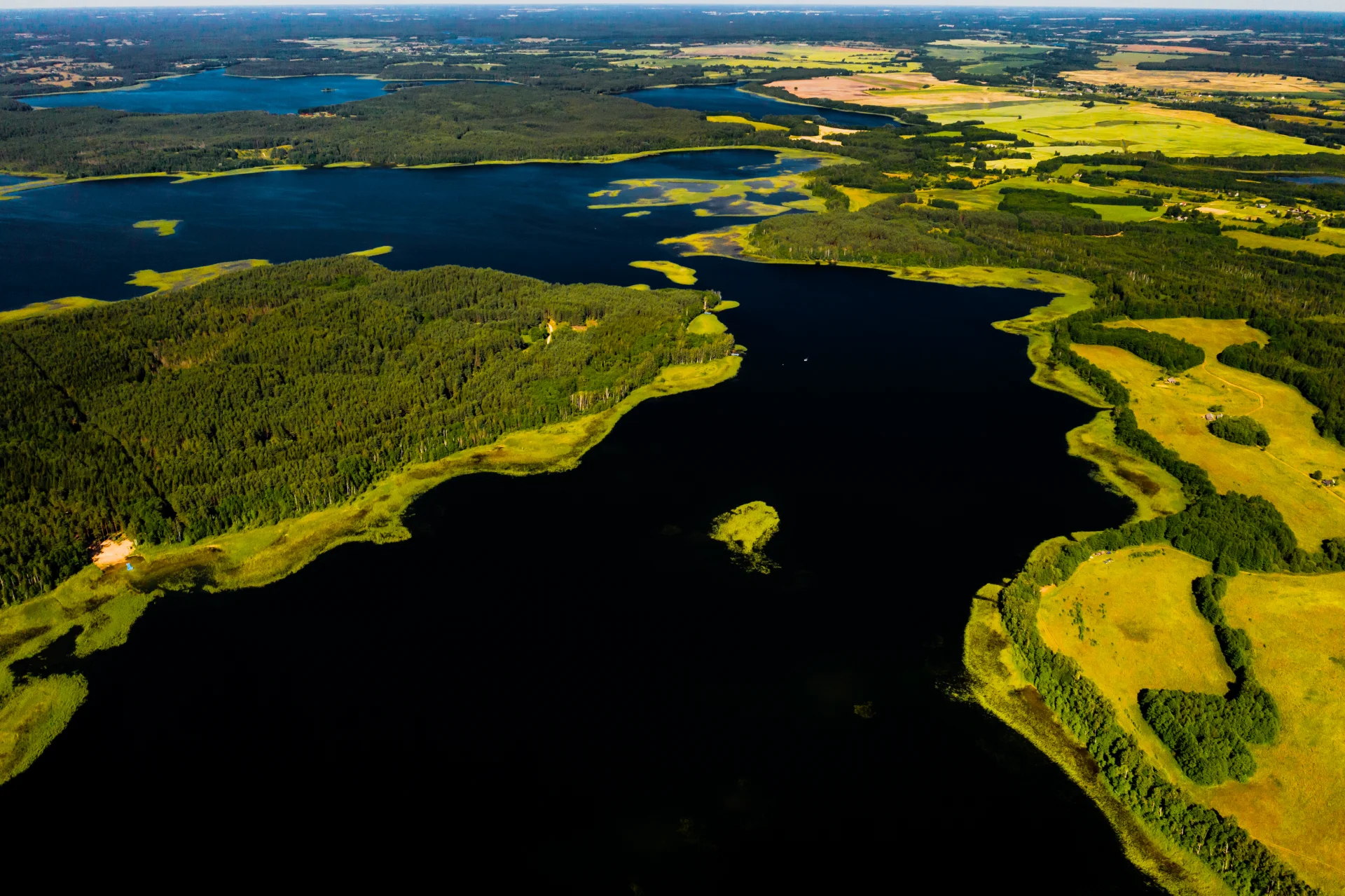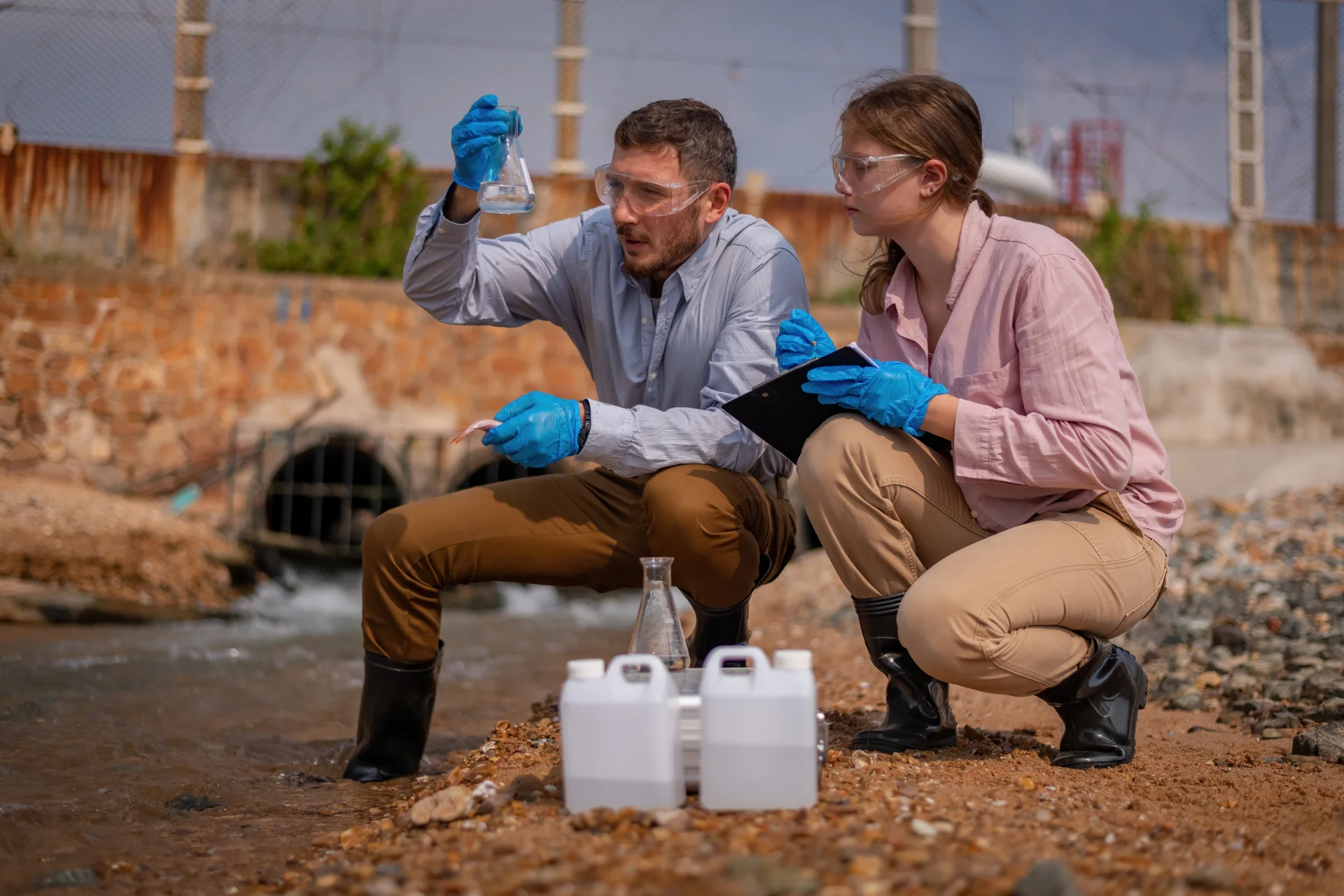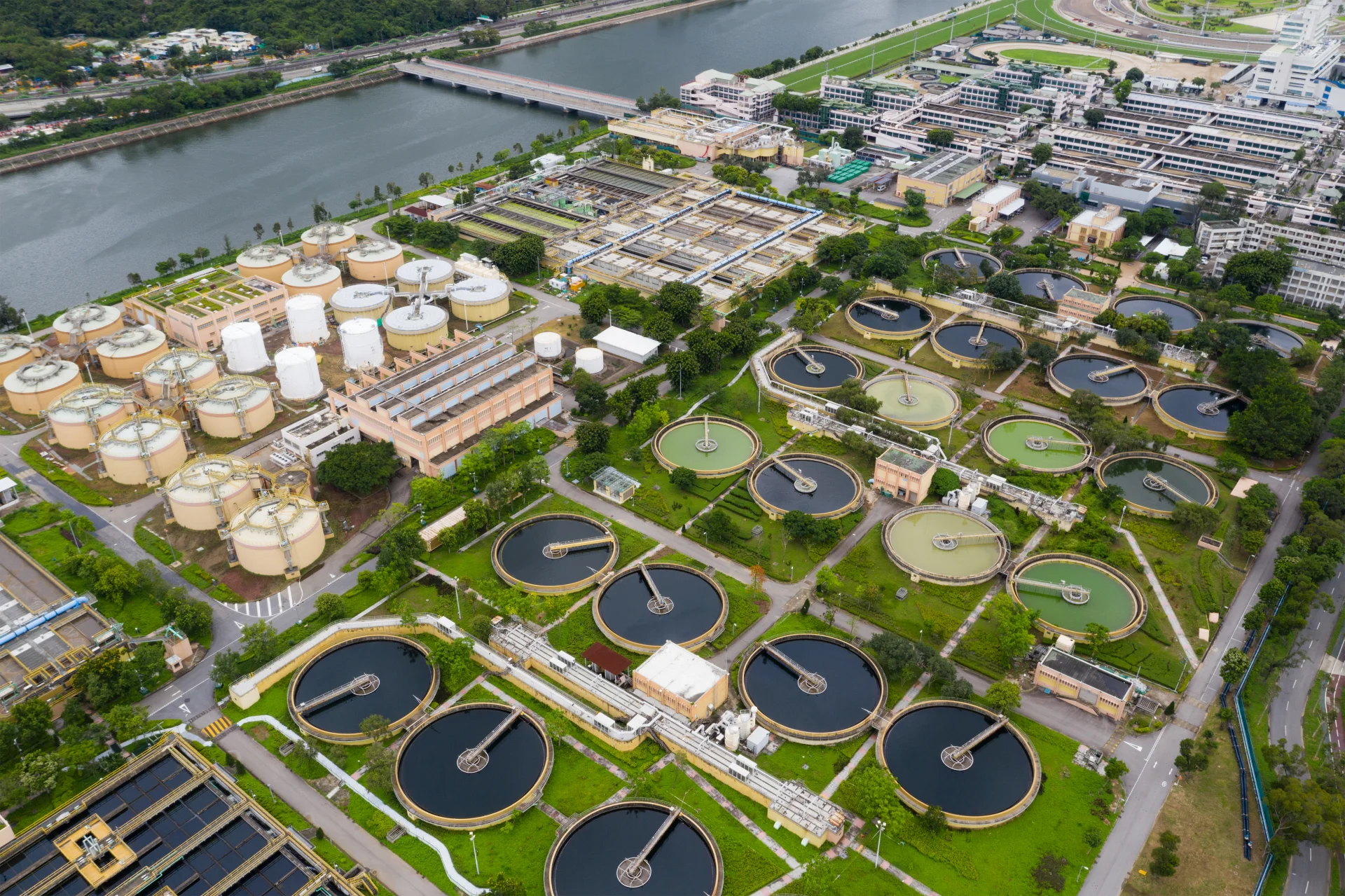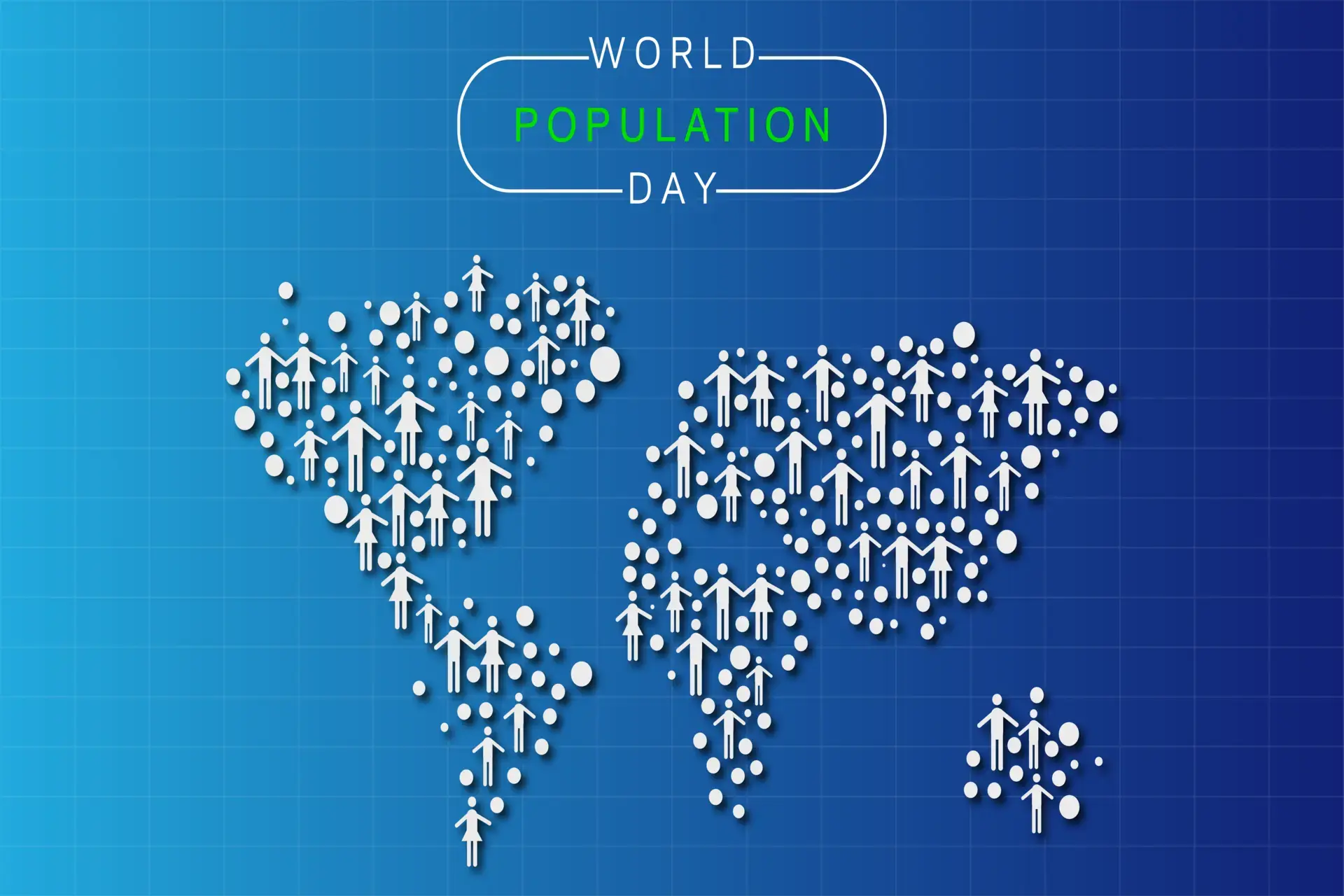Quenching the Future: Harnessing Innovation to Celebrate Water Security on International Water Day 2024
In the face of escalating global water scarcity, a crisis that jeopardizes the sustenance of life itself, the role of technological innovation becomes paramount. With over two billion people living in countries plagued by water stress and projections indicating that nearly half of the world's population will face severe water stress by 2030, the quest for solutions has never been more urgent. Technology offers hope, promising to unlock new ways to conserve, purify, and distribute water more efficiently. This article delves into how cutting-edge technologies and digital advancements are poised to revolutionize water management, potentially turning the tide against water scarcity.
Understanding Water Scarcity
Defining Water Scarcity
Water scarcity occurs when the demand for freshwater significantly exceeds availability, exacerbated by climate change, population growth, and pollution. It manifests in two forms: physical scarcity, where natural water resources are insufficient to meet a region's demand and economic scarcity, resulting from the lack of investment in water infrastructure or technology to access water.
Global Impact
The ramifications of water scarcity are profound, affecting every continent and over 2.8 billion people. The World Health Organization reports that at least 1.8 billion individuals consume water contaminated with feces, risking diseases like cholera and typhoid. Economically, water scarcity can cripple industries reliant on water, such as agriculture, leading to food shortages and increased poverty. Environmentally, ecosystems suffer when water is scarce, leading to the loss of biodiversity and the degradation of soil and rivers.
In the subsequent sections, we will explore how technological innovations in water management, recycling, intelligent monitoring, and digitalization can offer sustainable solutions to this crisis, supported by data and metrics that underscore the scale of the challenge and the potential of technology to address it.
To address the challenge of water scarcity, leveraging technological innovation is essential. There's a clear pathway to sustainable water usage through advancements in desalination, water recycling, intelligent water management, and digitalization. These technologies offer promising solutions that could significantly alter the current trajectory of water scarcity. By examining successful case studies and integrating emerging technologies, this article highlights how these innovations can be scaled and adapted across different regions to ensure a secure water future.
Current Technologies in Water Management
The battle against water scarcity occurs on many fronts, with technology leading the charge. Innovations in desalination, water recycling, intelligent management, and rainwater harvesting are game-changers, offering hope for sustainable water use.
Desalination has long been a critical solution for water-scarce regions relying on sea or brackish water. Recent advancements have significantly reduced its energy consumption, making it a more viable option for many areas. For instance, reverse osmosis technology has seen improvements in membrane efficiency, leading to lower energy requirements and operational costs. Countries like Israel and Saudi Arabia are leading in desalination technology, providing valuable case studies on its implementation and impact.
Water Recycling and Reuse technologies allow wastewater to be treated and repurposed for agricultural, industrial, and even potable uses. Singapore's NEWater is a prime example of how high-quality reclaimed water can effectively supplement a nation's water supply. This approach conserves water and reduces the environmental impact of wastewater discharge.
Smart Water Management systems employ IoT devices, AI, and big data analytics to optimize water distribution, identify leaks, and predict demand. These technologies enable more efficient water use, minimizing losses and ensuring the allocated resources go where they are needed most. For instance, smart irrigation systems can significantly reduce water usage in agriculture by adjusting watering schedules based on real-time soil moisture data.
Rainwater Harvesting has also seen technological advancements, with modern systems now including filtration and storage solutions that make collected rainwater safe for use. This method is especially beneficial in areas with seasonal rainfall, providing an additional water source during dry periods.
"Emerging technologies in water management set the stage for a future where water scarcity mitigation is not entirely overcome. These technologies' integration, strategic planning, and international cooperation could herald a new era of water abundance."
"These innovations showcase the potential of technology to transform water scarcity from a limiting factor to a challenge that can easily be managed and eventually overcome. With ongoing research and investment, the future of water looks promising, offering hope for a world where access to clean, sustainable water is a reality for all."
The Role of Digitalization in Water Conservation in India
Digitalization is pivotal in enhancing water conservation through IoT, AI, and big data analytics. These technologies contribute to more efficient water distribution, effective leak detection, and optimized usage. For example, intelligent irrigation systems use real-time data to adjust watering schedules, significantly reducing waste.
Predictive maintenance for water infrastructure helps preempt breakdowns and ensure continuous supply. However, while digital solutions offer vast opportunities for sustainability, they also pose challenges, such as data privacy concerns and the digital divide, which must be navigated to ensure equitable water access for all.
India's rapid economic growth and industrialization, alongside its large population, pose significant challenges to its water resources due to overconsumption, pollution, and outdated management practices. Leveraging AI and IoT in water management can address these challenges by optimizing distribution networks, reducing wastage through leakage detection, and improving efficiency. Digital transformation in water supply and treatment can enhance operational effectiveness, contributing to sustainability and better water process performance.
Such technological solutions are crucial for achieving water sufficiency and ensuring a sustainable future for India, highlighting the need for a collaborative effort from all stakeholders. These technologies can significantly improve water distribution, reduce waste through advanced leakage detection, and ensure efficient use across industries and urban centers.
Using machine learning for enhanced treatment processes and remote drone monitoring enhances operational efficiency and sustainability. Moreover, aiming for net-zero carbon emissions in water management aligns with global sustainability goals. Collaborative efforts are essential in utilizing digital solutions for overcoming India's water challenges and securing a sustainable future.
Players that make the wave
In response to growing water scarcity, significant corporate investments are being directed towards technologies for aquifer conservation, infrastructure leak detection, wastewater reuse, and the water-energy nexus. Innovations like a 57% increase in desalination capacity and over $84 billion committed to water efficiency highlight each proactive step to defeat water scarcity. Companies across various sectors are working on reducing freshwater dependency, improving infrastructure, and advancing responsible water stewardship, indicating a collective move toward sustainable water management and conservation.
Exploring innovative water management solutions, companies like American Water focus on technologies for safety, clean supply, and sustainability through smart meters and reuse strategies. Cambrian Innovation uses bioelectric processes for water treatment and energy generation, showcasing how technology can address wastewater challenges efficiently. In partnership with the World Wildlife Fund, Coca-Cola commits to enhancing water efficiency and conservation, reflecting the industry's move towards sustainable water use. These examples underscore the diverse approaches to tackling water scarcity and promoting responsible water stewardship globally.
Challenges and Limitations
Deploying advanced water technologies faces hurdles such as high costs, the need for substantial infrastructure upgrades, and varying levels of social acceptance. The effectiveness of solutions like desalination and smart water management systems often hinges on significant initial investments and ongoing maintenance. Moreover, integrating these technologies into existing water management practices requires careful planning and community engagement to ensure widespread adoption. It's vital to balance technological innovation with sustainable practices to address the limitations and maximize the benefits for all stakeholders.
The Future of Water Technologies
Emerging technologies, including nanotechnology for water purification and atmospheric water generation, offer promising avenues to combat water scarcity further. These innovations could revolutionize water accessibility and purity, making clean water more available in even the most arid regions. However, the success of these technologies will depend heavily on supportive policies and international cooperation. By fostering an environment encouraging research, development, and knowledge sharing, we can accelerate the adoption of cutting-edge solutions to ensure a water-secure future for future generations.
Concluding Thoughts
Technology is crucial in addressing the global challenge of water scarcity, offering innovative solutions to ensure sustainable water management and conservation. As we navigate the complexities of deploying these technologies, we must consider integrating cutting-edge solutions with traditional practices to achieve water sufficiency. For those seeking to contribute to developing technologies that can defeat water scarcity, Coditude stands ready to partner in creating impactful solutions. Contact Coditude to explore how we can collaborate on pioneering water technologies for a sustainable future.



